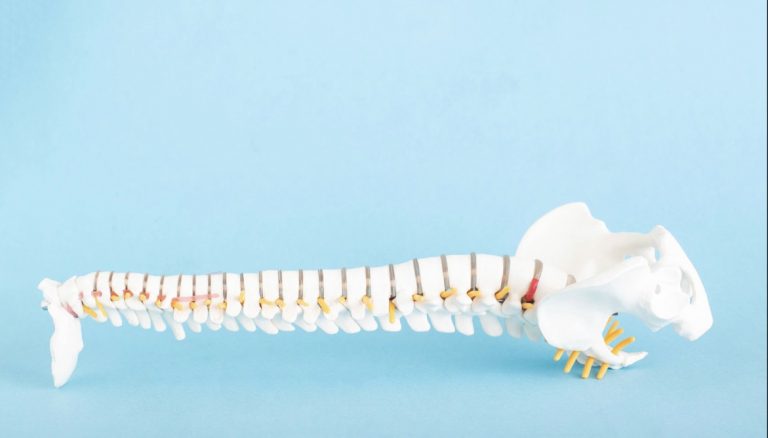Facet syndrome treatment can take forms, all of which share a common goal: to relieve pain and improve mobility so you can resume regular activities. More commonly known as spinal osteoarthritis, facet syndrome develops in the small joints that connect the spinal bones. The facet joints allow for the bending and flexing of the spine necessary for walking, bending, twisting, and sitting.
What Is Facet Syndrome
Like other joints in the body, the spinal joints are lined with cartilage that allows the bones in the joint to glide smoothly over each other. As a byproduct of the natural aging process, this protective coating can slowly wear away increasing the amount of friction between bone surfaces and leading to inflammation. This degeneration can also be accelerated due to a sudden impact sustained during such events as a car accident, fall, or sports-related injury. All of this can lead to the joint swelling, stiffness, and tenderness associated with facet syndrome that may require treatment.
What Does Facet Syndrome Treatment Involve
After confirming a diagnosis, a doctor can recommend an individualized treatment plan to reduce pain and inflammation, enhance strength and mobility and make it easier to do daily activities. However, it’s easy for newly diagnosed patients to feel confused and uncertain about the best way to go about this. Here are four misconceptions that some patients have about facet syndrome treatment along with practical information to help you find relief.
Misconception 1: Treatment Must Be Aggressive
Sometimes, simple changes in daily activities, such as taking regular breaks from prolonged periods of sitting or eating a little better, can have a noticeable effect on facet joint pain.
Misconception 2: Prolonged Bed Rest Is Essential
While a brief period of rest, usually no more than two days, can help relieve painful pressure in inflamed facet joints, becoming overly sedentary can actually worsen symptoms. Doctors usually recommend staying active and incorporating low-impact exercise into your daily routine to improve spine health.
Misconception 3: Taking Narcotic Painkillers Will Become A Way Of Life
In many cases, over-the-counter pain relievers and anti-inflammatory medications are taken on an as-needed basis and can be just as effective as commonly prescribed opioids, without the potential side effects.
Misconception 4: Surgery Is The Only Way To Achieve Lasting Relief
While effective for certain patients who have very severe pain that has not responded to other treatments, surgery is not right for everyone. In many cases, conservative facet syndrome treatment can provide lasting relief without the risks and lengthy recovery period that typically go along with a traditional surgical procedure.
If Surgery Becomes Necessary
Some people ultimately require surgery to address facet syndrome. If a physician has recommended surgery for you, you should know that a traditional open spine procedure may not be your only option. As a safer and more effective alternative, BEST Health System offers minimally invasive outpatient spine surgery for treating facet syndrome and other degenerative spine conditions.
If you’re currently exploring your facet syndrome treatment options and want to find out if you may be a candidate for minimally invasive outpatient spine surgery at BEST Health System, contact us today!
